Critical and Creative Thinking in Research: Posts and Resources
by Janet Salmons, PhD Research Community Manager for Sage Research Methods Community
Regardless of the designs or methods used to collect and analyze data, all researchers share a common need. We need to dig deeply, think broadly, and use what they learn to create new paths for understanding and addressing problems. D.F. Halpern, in the International Encyclopedia of the Social & Behavioral Sciences (2001) described the interplay of creative and critical thinking:
Creative thinking is the production of unusual and good responses to problems…. By comparison, the thinking skills used in critical thinking could be either common or unusual. Thus, critical thinking is a superordinate of creative thinking. Critical thinking requires creativity (unusual and good solutions) in many aspects—generating alternatives to problems, redefining goals, and recognizing which critical thinking skills are needed in novel situations. There is no clear demarcation between critical and creative thinking because it is impossible to determine where one type of thinking ends and the other begins; commonly used thinking skills and unusual ones lie along a single continuum.
Think about thinking from variety of perspectives with the posts, videos, and open-access resources in this collection. If you would like to purchase Sage books on the topic, use the code MSPACEQ323 for a 20% discount on a purchase of the book, through September 2023.
Halpern, D. F. (2001). Critical Thinking, Cognitive Psychology of. In N. J. Smelser & P. B. Baltes (Eds.), International Encyclopedia of the Social & Behavioral Sciences (pp. 2990-2994). Pergamon. https://doi.org/https://doi.org/10.1016/B0-08-043076-7/01586-2
What if we didn’t have to go fast to do our academic work and research? What if we could embrace the spaces and places around us to slow down? What could that mean for us personally, professionally, and in how we relate to social justice and ecological issues?
AI can do a lot of things but it cannot do originality. Learn more from Dr. Alastair Bonnett, author of How to Be Original.
How can critical thinking skills help you write more precisely? In this post Dr. Alex Baratta offers some practical tips.
Find a collection of open-access articles about ways to apply critical and creative thinking in your research.
In this research conversation with Janet Salmons, Julianne Cheek and Elise Øby discuss the importance of an iterative, design-thinking approach to research.
Ethical research practice does not stop with the conclusion of the study. Importantly, ethical research practice comes to fruition in academic writing.
Tom Chatfield and Janet Salmons discuss critical and creative thinking in this updated post from the archives. Both kinds of thinking are crucial for research, especially when the study uses new methods.
We are discussing visual and engaging ways to communicate research. Sometimes we are communicating with ourselves, with a research journal.
Nowhere is the symbiotic relationship of creative and critical thinking more apparent than in the practices inherent to research design, conduct, and dissemination.
Tom Chatfield offers 10 suggestions, with 10 videos to help you become a better critical thinker.

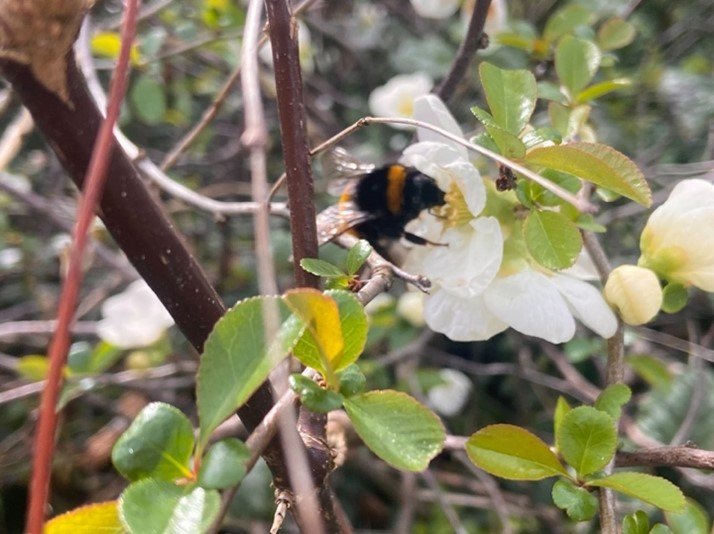
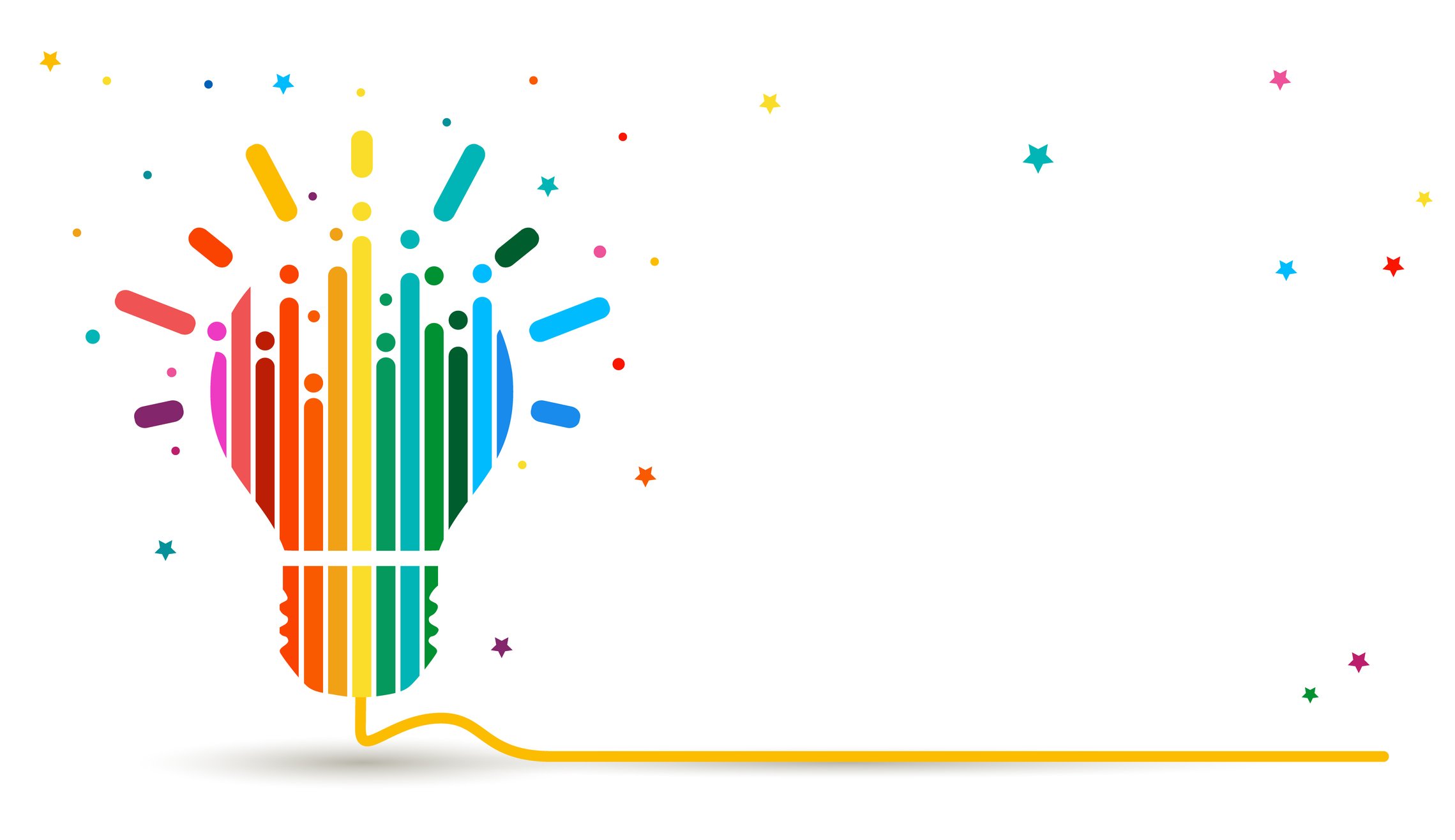









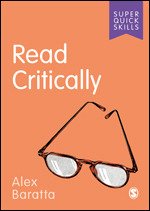
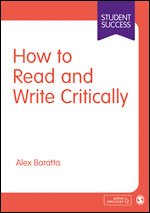
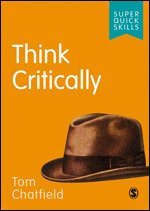
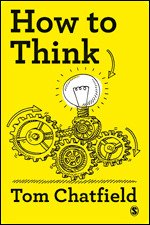
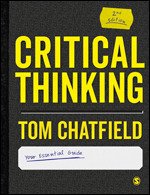
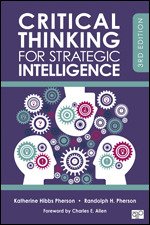
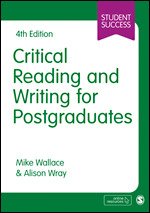

How and why should you argue in academic writing? Learn more from Dr. Alastair Bonnett, author of How to Argue.